Growth in Electronics Sector
The Hydroiodic Acid Market is poised for growth, particularly due to the expanding electronics sector. Hydroiodic acid is employed in the production of semiconductors and other electronic components, where it serves as a critical etching agent. As the demand for electronic devices continues to surge, driven by advancements in technology and consumer electronics, the need for hydroiodic acid is expected to rise correspondingly. Market data indicates that the electronics industry is projected to grow at a compound annual growth rate of over 5% in the coming years, which could significantly impact the Hydroiodic Acid Market. This growth may lead to increased investments in production capabilities and innovations in hydroiodic acid applications.
Rising Demand in Chemical Synthesis
The Hydroiodic Acid Market is experiencing a notable increase in demand due to its critical role in chemical synthesis. Hydroiodic acid is utilized as a reducing agent in various organic reactions, particularly in the production of iodinated compounds. The market for iodinated pharmaceuticals is projected to grow, driven by the increasing prevalence of chronic diseases and the need for advanced therapeutic agents. This trend suggests that the Hydroiodic Acid Market will continue to expand as pharmaceutical companies seek efficient synthesis methods. Furthermore, the rise in research activities in academia and industry is likely to bolster the demand for hydroiodic acid, as it is essential for developing new chemical processes and products.
Emerging Applications in Agriculture
The Hydroiodic Acid Market is witnessing emerging applications in agriculture, particularly in the formulation of fertilizers and pesticides. Hydroiodic acid is recognized for its potential to enhance crop yield and improve soil health. As the global population continues to grow, the demand for food production is escalating, prompting agricultural sectors to seek innovative solutions. The integration of hydroiodic acid in agricultural practices may lead to increased efficiency and sustainability. Market trends suggest that the agricultural sector is likely to adopt hydroiodic acid more widely, thereby driving growth in the Hydroiodic Acid Market. This shift could result in new product formulations and expanded market opportunities.
Technological Advancements in Production
The Hydroiodic Acid Market is significantly influenced by technological advancements in production processes. Innovations in manufacturing techniques, such as improved synthesis methods and enhanced purification processes, are likely to increase the efficiency and yield of hydroiodic acid production. These advancements may reduce production costs and environmental impact, making hydroiodic acid more accessible to various industries. Furthermore, the adoption of automation and digital technologies in chemical manufacturing could streamline operations and enhance product quality. As a result, the Hydroiodic Acid Market may experience a transformation, characterized by increased competitiveness and a broader range of applications across different sectors.
Regulatory Support for Chemical Manufacturing
The Hydroiodic Acid Market benefits from favorable regulatory frameworks that support chemical manufacturing. Governments are increasingly recognizing the importance of the chemical sector in economic development and are implementing policies that encourage production and innovation. This regulatory support may include tax incentives, grants for research and development, and streamlined approval processes for new chemical products. Such measures are likely to enhance the competitiveness of the Hydroiodic Acid Market, enabling manufacturers to invest in advanced technologies and expand their production capacities. As a result, the industry may witness a surge in hydroiodic acid production, catering to the growing needs of various end-use sectors.


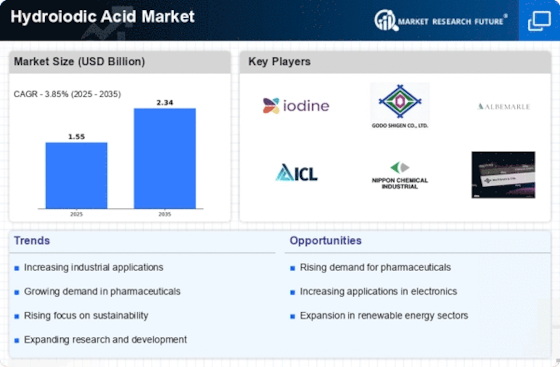

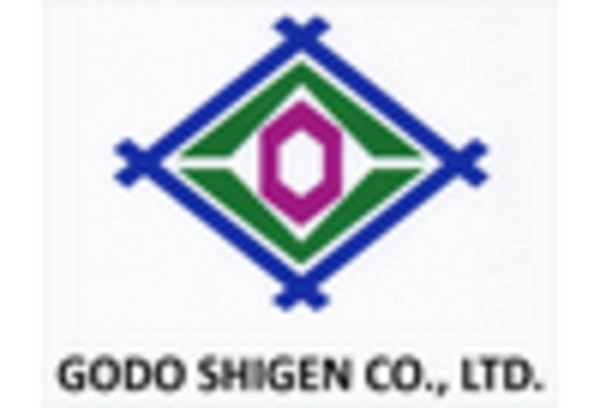
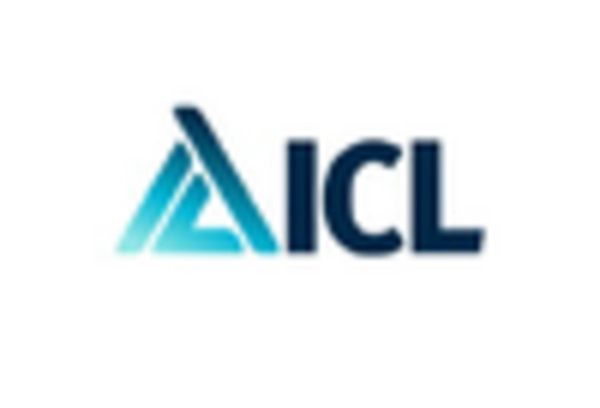
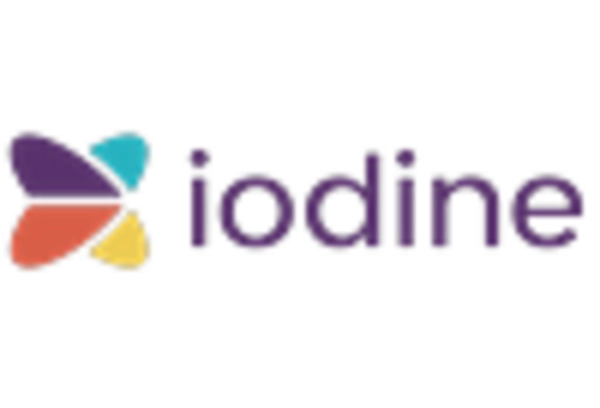

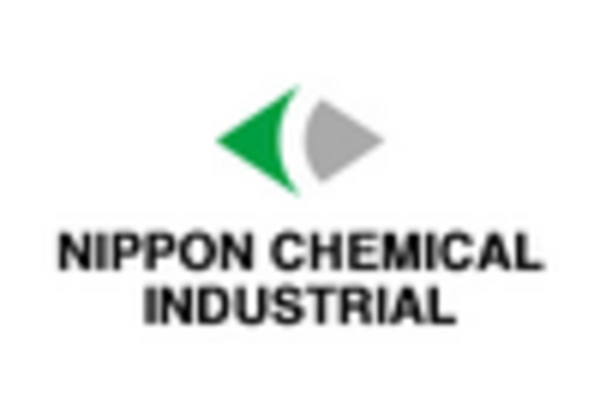








Leave a Comment